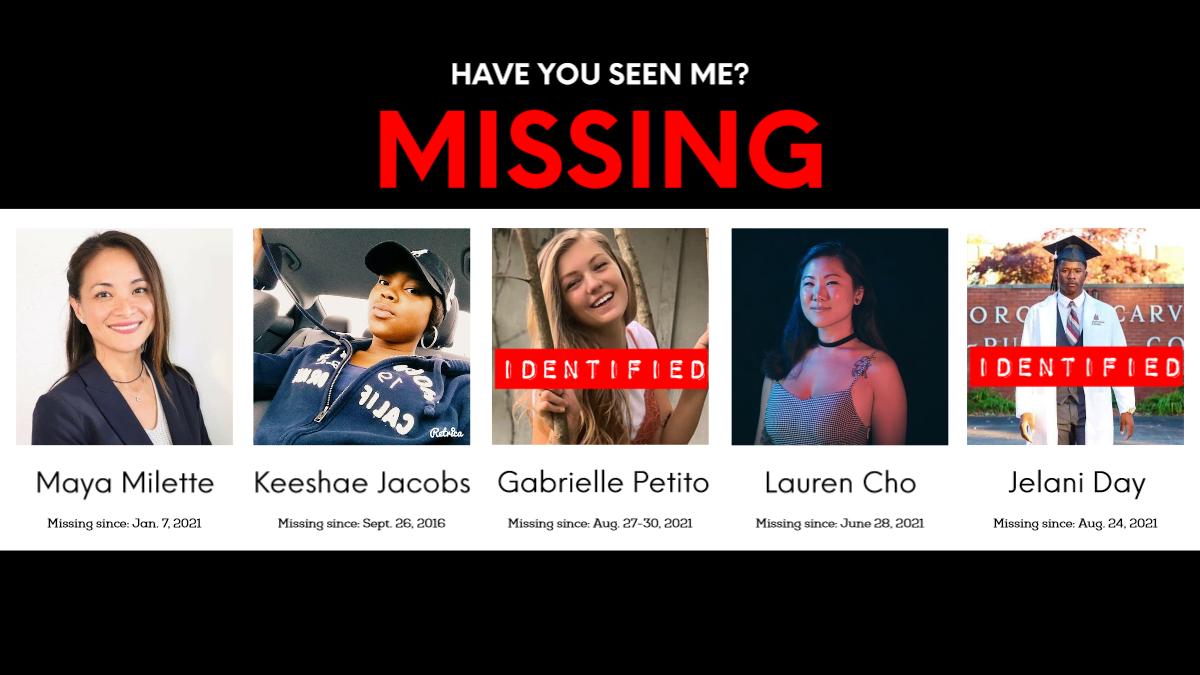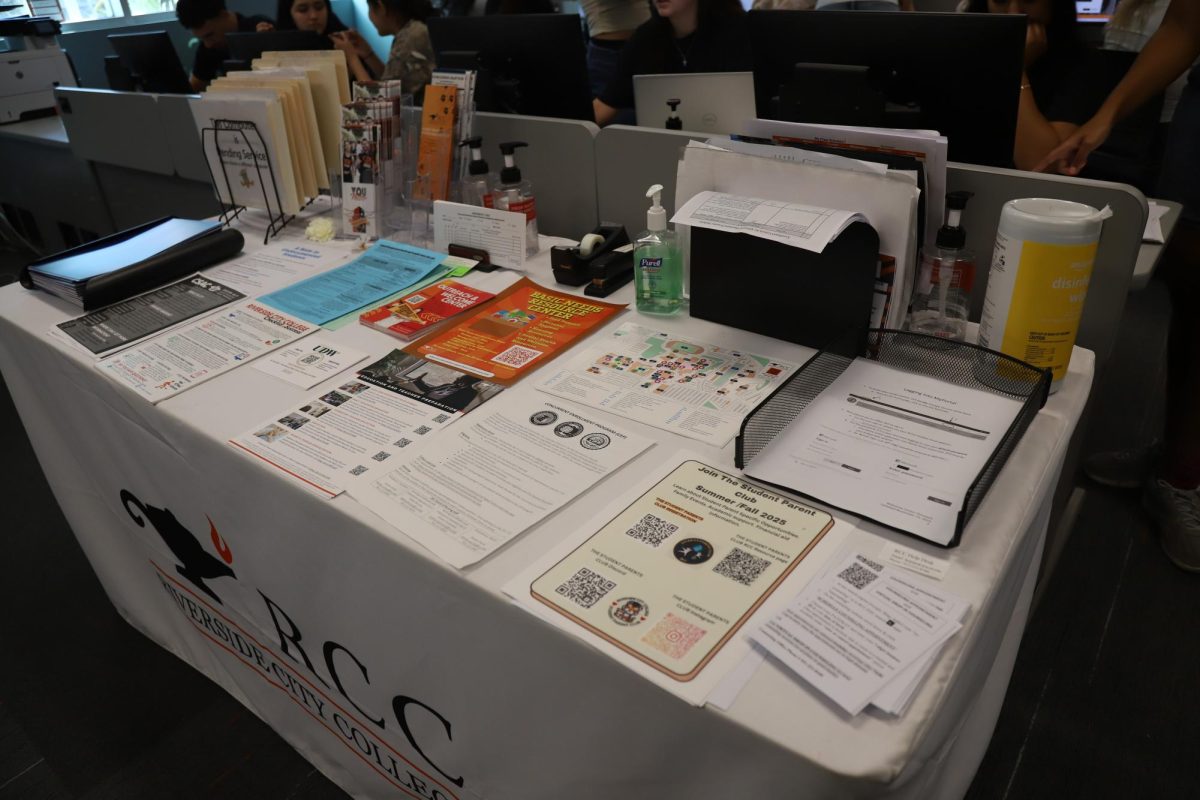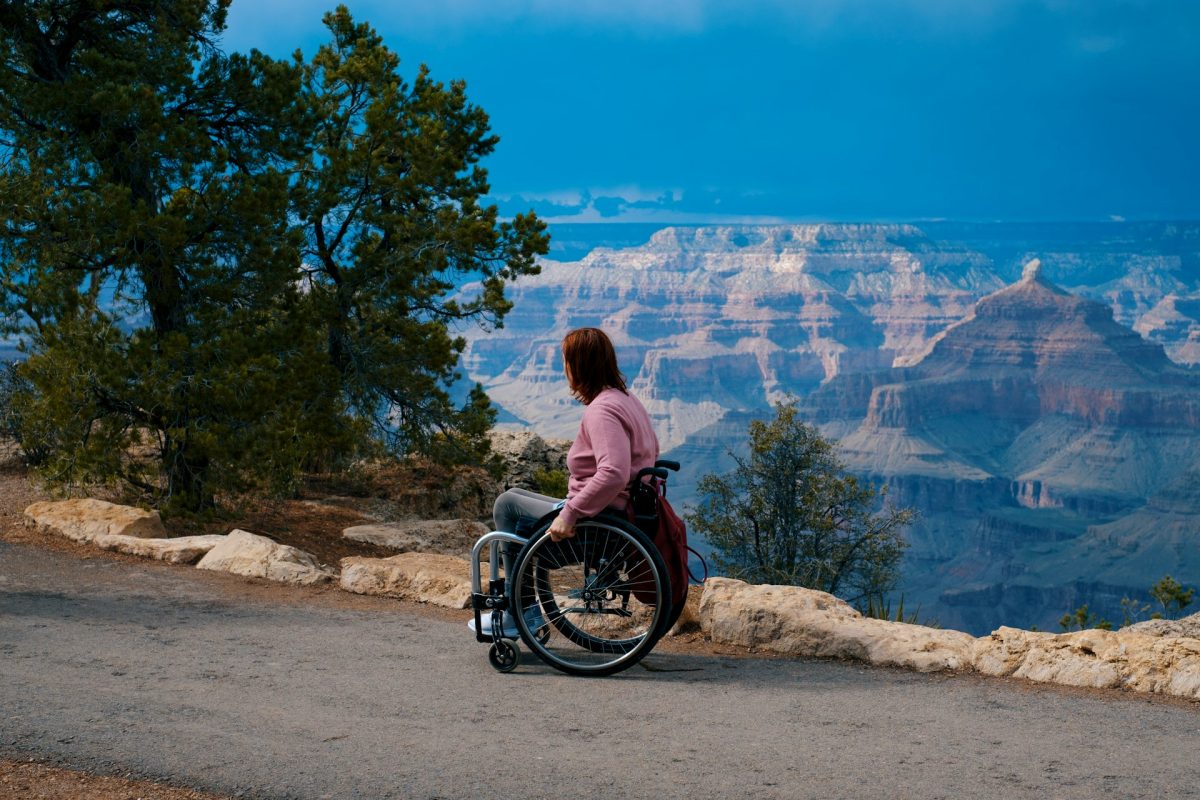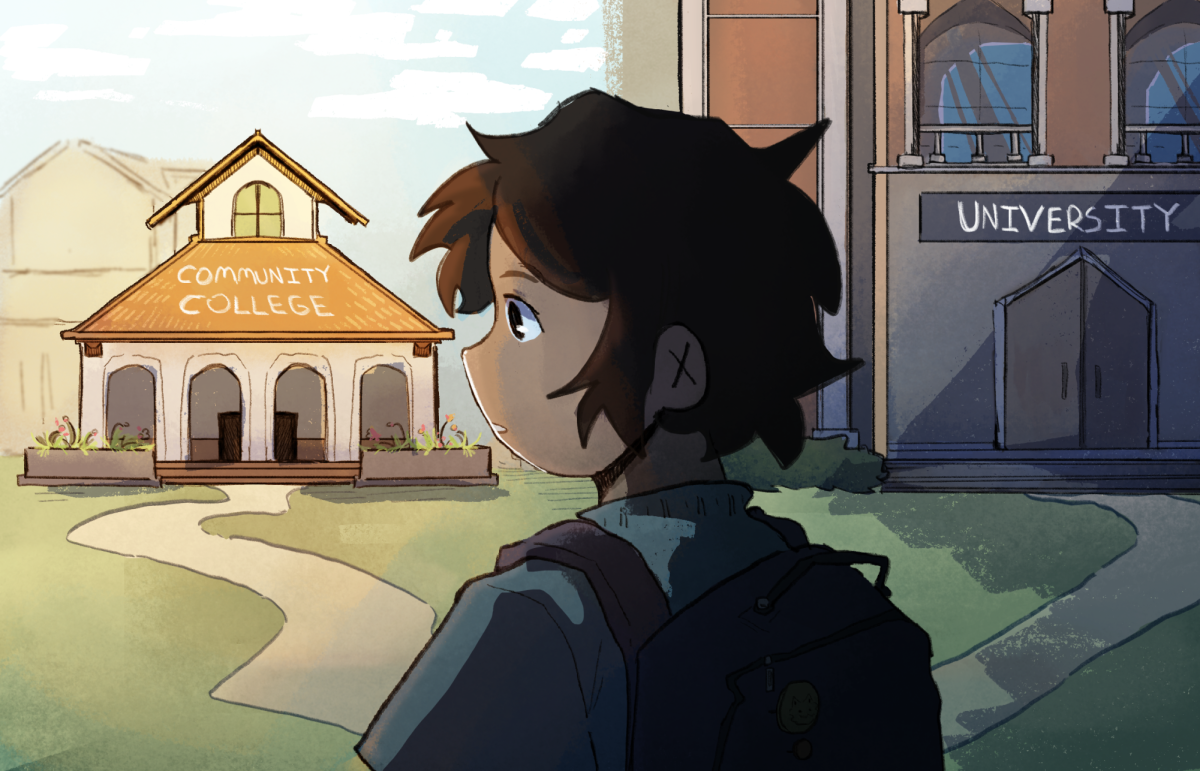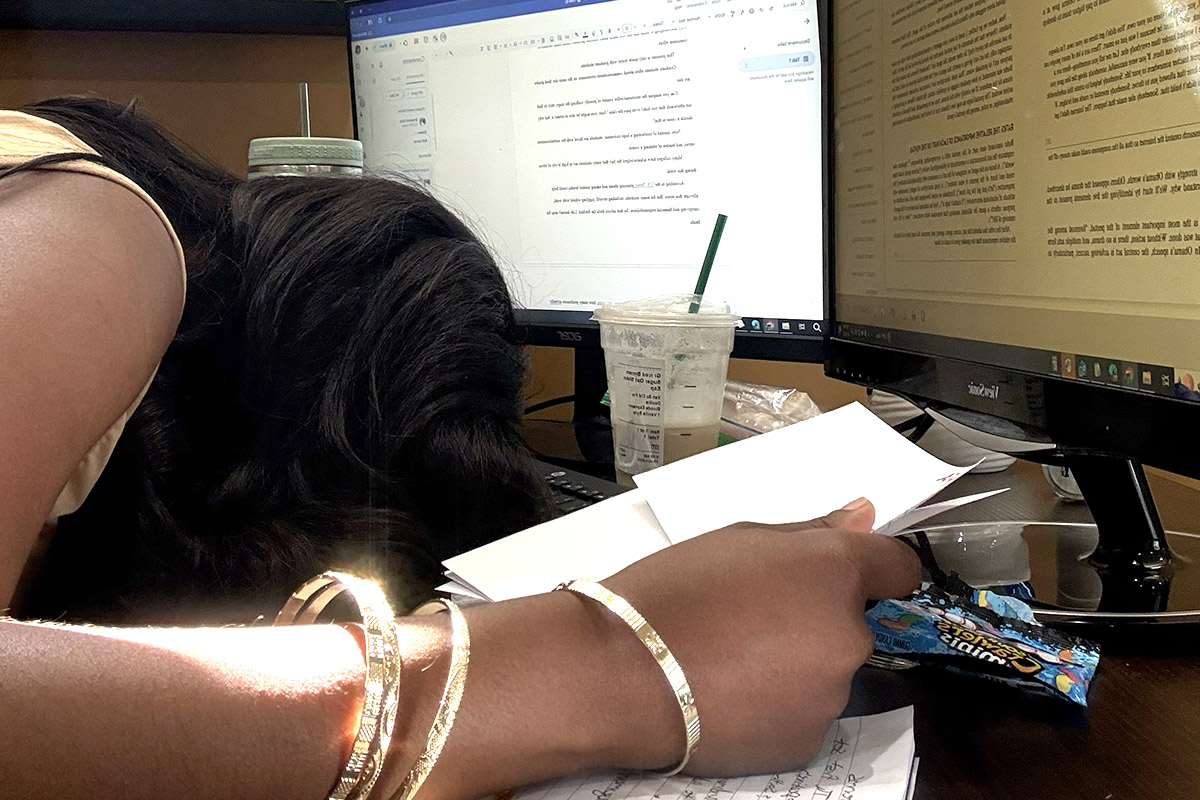By Daesha Gear
It feels like an individual’s race determines who deserves acknowledgement and advocacy based on past media coverage of missing persons.
Most recently, mainstream news outlets like CNN, MSNBC and Fox News have extensively covered the disappearance, and eventual discovery, of the remains of 22-year-old Gabrielle Petito, a travel lifestyle social media influencer.
The release of the chilling police body camera footage of an emotionally distraught Petito and her nonchalant fiance, Brian Laundrie, has sparked outrage nationwide. Then, a search began to find Laundrie, who had become a person of interest in the disappearance and homicide of the influencer.
When first hearing about Petito’s disappearance, I was not initially informed of her “toxic” relationship with Laundrie until mainstream media began to vigorously develop the case.
News outlets constantly informing millions nationwide about Petito’s disappearance has enlightened me to the mainstream media’s, most likely intentional, neglect in covering minorities who also are missing.
Compare that coverage to that of individuals like Lauren Cho, 30, missing since June 28, Maya Millete, 39, last seen on Jan. 7, and graduate student Jelani Day, missing since Aug. 24 but whose body was identified after a month.
Anger has grown toward news outlets over Petito’s coverage when juxtaposed with the lack of coverage on the innumerable cases regarding the disappearance of Black, Indigenous, Latino people and many other individuals of color.
Underserved communities of color are not promised an enormous search team or given any clarity, let alone assistance from the FBI.
Petito’s family, however, has been provided with every resource and the publicity many families are fighting for.
“My heart goes out to everyone that’s missing, I don’t want any parent to go through what I’ve gone through,” Toni Jacobs told CNN, mother of missing daughter Keeshae Jacobs, last seen Sept. 26, 2016. “But at the same time, it does frustrate me because Keeshae didn’t get that attention. What made the FBI think (Petitio’s) case was more important than Keeshae’s?”
News outlets now seem to want to downplay the missing white woman syndrome — the overuse of media coverage orchestrated by media outlets toward White, young and upper-class women who have gone missing while their Black, Asian and Hispanic counterparts across genders do not receive the same fairness in media coverage — a phenomenon they created after being called out for the lack of fair representation.
Day’s story, for example, instantly got acknowledgment after numerous outcries from his family.
“To them, Jelani didn’t mean anything,” Day’s mother, Carmen Bolden Day, told CNN. “There is no effort. There is no push. There was nothing being done about my son.”
The utter despair that mothers like Bolden face is the exact feeling that countless families are facing, hoping to see their loved ones again.
The tragedies surrounding Native American women have also been neglected for the entirety of Petito’s case.
The Missing and Murdered Indigenous Women, also known as MMIW, is a human rights group whose ultimate purpose is to bring awareness of the brutalities towards Canadian Indigenous and Native American women.
Grand Teton National Park, Wyoming, where Petito was found, is the exact geographical location in which at least 710 indigenous people have vanished between the years 2011 to 2020.
The ever-growing awareness of the 700-plus missing indigenous people further reveals how the media blatantly ignored the abductions, disappearances and murders that occur in oppressed communities for years.
However, Petito’s family is not to blame for the frustrations that neglected communities experience. Due to the predominantly White newsrooms and disproportionate coverage for their missing relatives, it is the mainstream media’s handling of Petito’s disappearance that needs to be held accountable.
The apparent lack of representation in acknowledging the same unfortunate events Black, Asian, Hispanic and Native American communities face compared to White Americans invigorates a cry for fair media coverage of their relatives.
In this day and age, we’re still living in a society that gives more or less attention to individuals based on multiple factors: their age, gender, sexual orientation, mental health, religion and most importantly, race.

